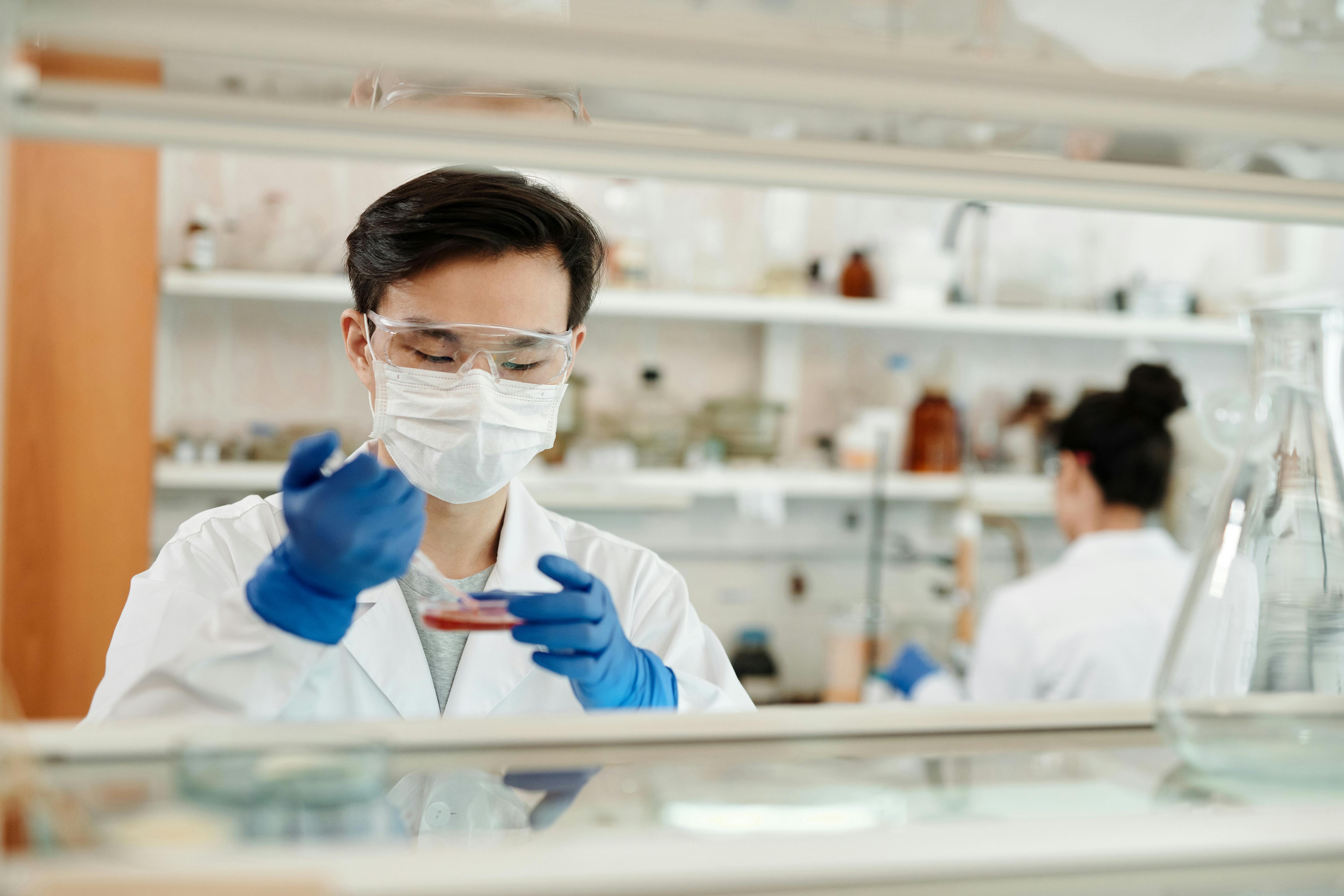
STOICHIOMETRY
The quantitative relationships in chemical reactions
Key Concepts in Stoichiometry
Actual Yield
The amount of product actually obtained from a chemical reaction, typically less than the theoretical yield due to practical limitations.
Avogadro's Number
The fundamental constant (6.022 × 10²³) representing the number of atoms, molecules, or ions in one mole of a substance.
Limiting Reactant
The reactant that is completely consumed first in a chemical reaction, determining the maximum amount of product that can be formed. Learn more about stoichiometric calculations.
Molar Volume
The volume occupied by one mole of an ideal gas at STP (Standard Temperature and Pressure: 0°C, 1 atm), equal to 22.414 dm³. Related to gas laws.
Mole
The SI unit of amount of substance containing exactly 6.02214076 × 10²³ elementary entities (atoms, molecules, ions, or other particles).
Molecular Formula
A chemical formula showing the exact number and type of atoms in a single molecule of a compound (e.g., C₆H₁₂O₆ for glucose).
Molecular Ions
Charged species formed when molecules gain or lose electrons, important in mass spectrometry for determining molecular weights.
Percentage Yield
A measure of reaction efficiency calculated by: % yield = (Actual Yield ÷ Theoretical Yield) × 100
Relative Atomic Mass
The ratio of the average mass of one atom of an element to 1/12 the mass of a carbon-12 atom, expressed in atomic mass units (amu).
Stoichiometry
The calculation of quantitative relationships between reactants and products in chemical reactions based on balanced equations. Fundamental to analytical chemistry.





